Erneuerbare Energien sind heute die am schnellsten wachsende Energiequelle und wachsen weltweit um durchschnittlich
40 Prozent pro Jahr. Wind- und Solarenergie sind Beispiele für alternative Brennstoffe, die eine wachsende Zahl von Umweltinitiativen weltweit antreiben. Insbesondere die Solarenergie ist ein Beispiel für eine der wichtigsten erneuerbaren Energiequellen, die Innovationen vorantreiben. Angesichts von Umweltverschmutzung und Klimawandel ist die Solarenergie zu einer der wichtigsten Ressourcen für saubere, erneuerbare Energie geworden.
Solarenergie senkt nicht nur die Energiekosten, sondern trägt auch dazu bei, unsere Abhängigkeit von fossilen Brennstoffen zu verringern. Die Fortschritte in der Internet-of-Things-Technologie haben die Solarenergie zu einer sauberen Lösung für eine Vielzahl von Anwendungen gemacht. Beispiele für Solarenergie und IoT sind solarbetriebene Ladestationen für Elektrofahrzeuge, solarbetriebene intelligente Sensoren in Produktions- und Verteilungsanlagen und Solarfahrzeuge.
In diesem Blogbeitrag gehen wir der Frage nach, wie Solarenergietechnologie und IoT zusammen ein dynamisches Duo im Bereich der erneuerbaren Energien bilden. Wir zeigen anhand einiger Kundenberichte von Digi, wie innovativ Solarenergie heute eingesetzt wird. Weitere Anwendungsbeispiele, nach Branchen geordnet, finden Sie im Abschnitt Kundenberichte auf der Digi-Website.

IoT in Solar Tracking
Suntrack® von P4Q ist ein Beispiel für das Management von Solarenergie. Als führender Anbieter von Steuerungen für PV-Solartracker hat P4Q es seinen Kunden ermöglicht, Solarmodulfelder auf der ganzen Welt in Echtzeit fernzusteuern. Mit Algorithmen, die den Sonnenstand nach Datum und Uhrzeit bestimmen und Wettervorhersagen berücksichtigen können, kommuniziert Suntrack mit einer Tracker-Steuerungseinheit unter dem Panel, um das Solarpanel sorgfältig auf die optimale Position einzustellen.
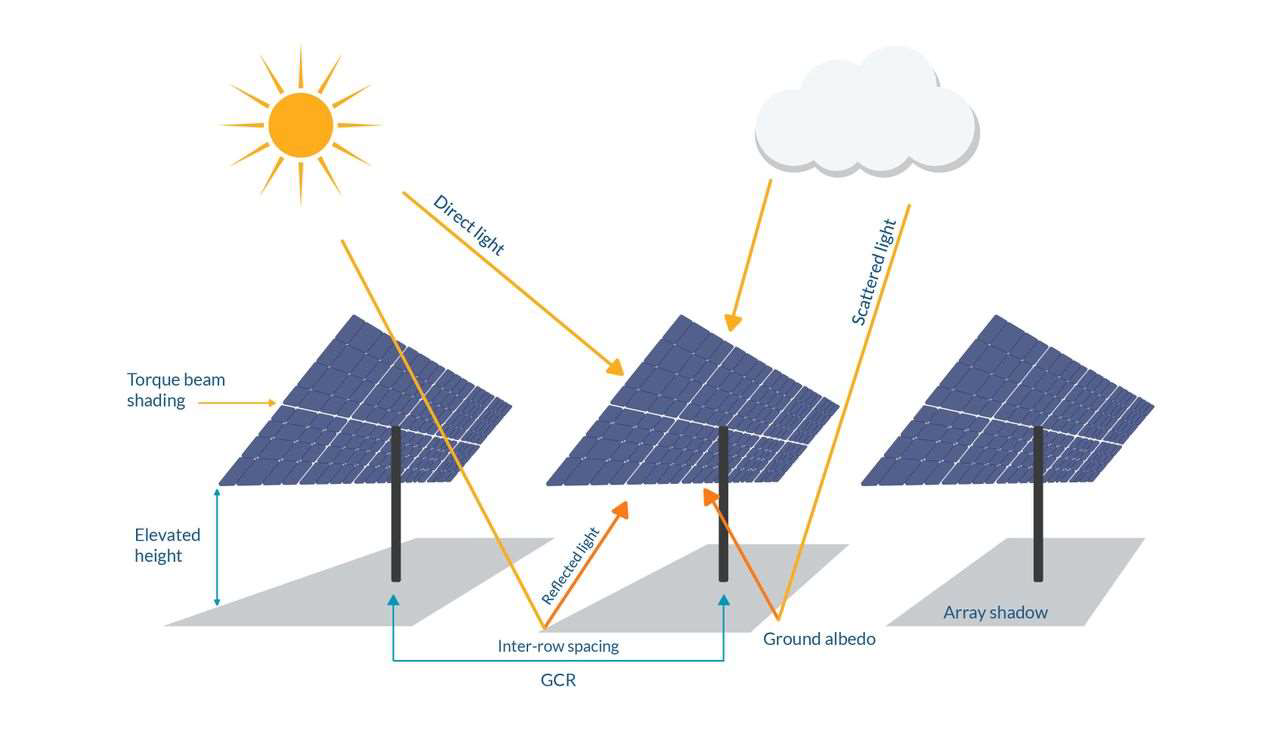
Dieses System ist mit einem Digi XBee® 3 Zigbee 3.0 Modul gekoppelt, das Konnektivität in einem kompakten, stromsparenden und flachen Gehäuse bietet. Das vorzertifizierte Digi XBee 3 basiert auf branchenführender Technologie und bietet die Flexibilität, je nach Bedarf zwischen mehreren Frequenzen und drahtlosen Protokollen zu wechseln. Dies hat dem grünen Unternehmen die Möglichkeit gegeben, mehr als 1.150 PV-Solaranlagen weltweit genau im Auge zu behalten.
Den vollständigen Bericht über P4Q können Sie hier lesen.
IoT in Solarfahrzeugen
Ob Sie Ihre Kinder von der Schule nach Hause oder in den Norden zu Ihrer Hütte fahren, Fahrzeuge sind eine alltägliche Notwendigkeit. Aber unsere Abhängigkeit von gasbetriebenen Fahrzeugen ist eine der größten Herausforderungen für die Umwelt. Nur eine Gallone Benzin in einem Auto erzeugt etwa 19 Pfund Kohlendioxid. Laut einer Studie von National Geographic verursachen Autos etwa ein Drittel der gesamten Luftverschmutzung in den USA. "Smog, Kohlenmonoxid und andere Giftstoffe, die von Fahrzeugen ausgestoßen werden, sind besonders besorgniserregend, weil sie ihre Auspuffrohre auf Straßenniveau lassen, wo die Menschen die verschmutzte Luft direkt in ihre Lungen einatmen."
Wie sieht die Zukunft aus, wenn es um alternative Energiequellen für Fahrzeuge geht? Wir alle wissen, dass Elektrofahrzeuge immer beliebter werden. Aber wussten Sie, dass solarbetriebene Fahrzeuge auch eine Lösung sein könnten?
Heute lernen Schülergruppen auf der ganzen Welt etwas über Technik, elektronisches Design, drahtlose Kommunikation und vieles mehr, indem sie die solarbetriebenen Fahrzeuge von morgen entwerfen. Werfen wir einen Blick auf einige dieser Projekte, die hervorragende Beispiele für Solarenergie und IoT bei der Arbeit bieten.
Solarfahrzeug-Projekt der Universität von Minnesota
Das von Studenten der University of Minnesota durchgeführte Solarfahrzeugprojekt zielt darauf ab, das Design von Autos zu verbessern und neu zu überdenken, wie Menschen auf effiziente, bequeme und praktische Weise reisen können, indem sie nur die Energie aus den an Bord befindlichen Solarzellen nutzen. Diese innovativen Fahrzeuge, in die mehrere Studienrichtungen - vom Maschinenbau über die Elektrotechnik bis hin zur drahtlosen Kommunikation - integriert sind, zeigen, wie wir vielleicht eines Tages in der Lage sein werden, den großen Kohlenstoff-Fußabdruck von gasbetriebenen Fahrzeugen zu beseitigen.
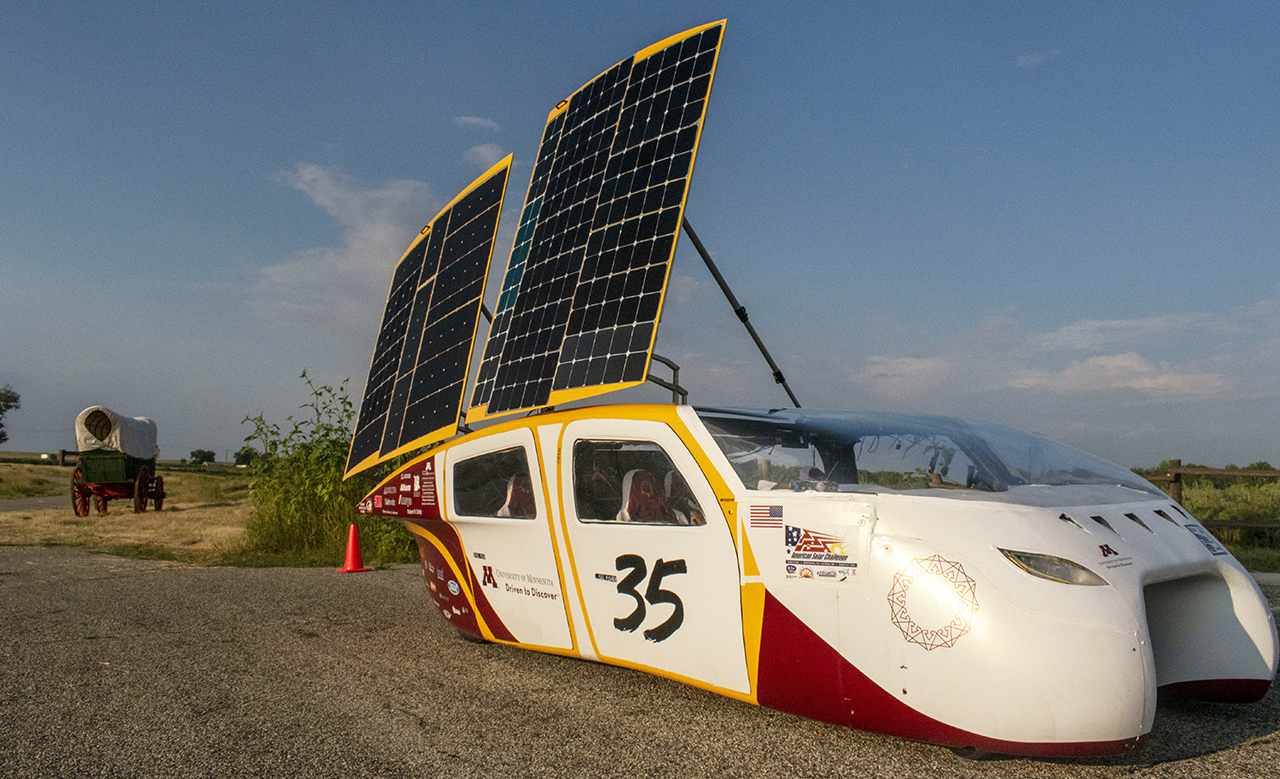
Das Team setzt seine innovative Technik ein, um solarbetriebene Autos zu einer pragmatischen Realität zu machen. XBee® 900 MHz-Modems helfen dem Team bei der Verfolgung wichtiger Daten während der Tests und Wettbewerbe, bei denen das UMNSVP im Laufe mehrerer Jahrzehnte eine starke Erfolgsbilanz erzielt hat. In der Geschichte des Teams:
- Kein Auto hat sich jemals nicht für ein Rennen qualifiziert oder es nicht beendet.
- Sie haben in fünf verschiedenen Ländern an Rennen teilgenommen, mit aufregenden Ergebnissen:
Den vollständigen Bericht über Minnesota Solar Vehicle können Sie hier lesen.
Illini-Solarauto-Team
Das Illini Solar Car Team ist ein weiteres großartiges Beispiel für Solarenergie in der Praxis. Das Team, das mit der Universität von Minnesota konkurriert, hat einzigartige solarbetriebene Autos entworfen, gebaut und Rennen gefahren, die der Welt helfen, sich eine kohlenstofffreie Zukunft für den Individualverkehr vorzustellen.

Die Rennen, an denen diese solarbetriebenen Autos teilnehmen, sind lang und führen über mehrere Tage hinweg über 1.500 Meilen. Die Überwachung aller Systeme ist daher von entscheidender Bedeutung. Dazu gehören der Motor des Fahrzeugs, der Batterieverbrauch, die Temperatursensoren und die Elektronik. Wenn diese Systeme ihre Sicherheitsbereiche überschreiten, kann es zu einem thermischen Durchgehen kommen, bei dem die Batterie zerstört wird. Das Digi XBee® PRO RF-Modem hilft den Teammitgliedern, ihr Fahrzeug genau im Auge zu behalten, um Geschwindigkeit, Entfernung und Leistung zu optimieren.
Den vollständigen Bericht über das Illini Solar Car können Sie hier lesen.
AGH Solarboot-Projekt
Solarenergie für Fahrzeuge ist nicht auf Autos beschränkt, wie das AGH-Solarboot-Team zeigt. Das von einem Studententeam der AGH University of Science and Technology in Krakau geleitete Projekt zielt darauf ab, emissionsfreie Elektroboote zu bauen, die zu 100 % mit erneuerbarer Solarenergie betrieben werden.

Für dieses Projekt setzte das Team zwei Varianten des Digi XBee® SX 868 RF-Moduls ein, die beide eine große Reichweite und hohe Datenübertragungsraten aufweisen. Digi XBee Die SX 868-Module arbeiten im Bereich von 863-870 MHz und bieten eine hervorragende Leistung und Störfestigkeit. Diese flexiblen Module arbeiten mit dem DigiMesh®-Protokoll, können aber auch das Point-to-Multipoint-Protokoll verwenden.
Wenn die Vision des AGH-Solarboot-Teams wahr wird, könnten autonome und emissionsfreie Boote, die die Umweltverschmutzung erheblich reduzieren, die Zukunft des See- und Binnenschiffsverkehrs sein. Mit Hilfe von Sensoren und fortschrittlichen Kontrollsystemen sind die Boote völlig autonom. Und dank der Photovoltaik-Paneele und der Lithium-Ionen-Batterien müssen sie zum Tanken nicht in den Hafen. All dies macht das autonome Boot zu einem ökologischen Boot mit unbegrenzter Reichweite.
Den vollständigen Bericht über das AGH-Solarboot können Sie hier lesen.
Beispiel für Solarenergie im Vegetationsmanagement
Selbst an sonnigen Tagen können Photovoltaik-Solarmodule keinen umweltfreundlichen Strom erzeugen, wenn sie von Gräsern, Unkraut und anderer wilder Vegetation verdeckt werden. Das in San Antonio ansässige Unternehmen Renu Robotics revolutioniert die Art und Weise, wie Solarenergieanlagen die Vegetationspflege durchführen. Mit einem hochentwickelten, autonomen, elektrischen Mähroboter hilft das Unternehmen Solarkraftwerken, Unkraut, Gräser und andere Vegetation zu kontrollieren, damit sie nicht wachsen und die Solarpaneele verdecken.
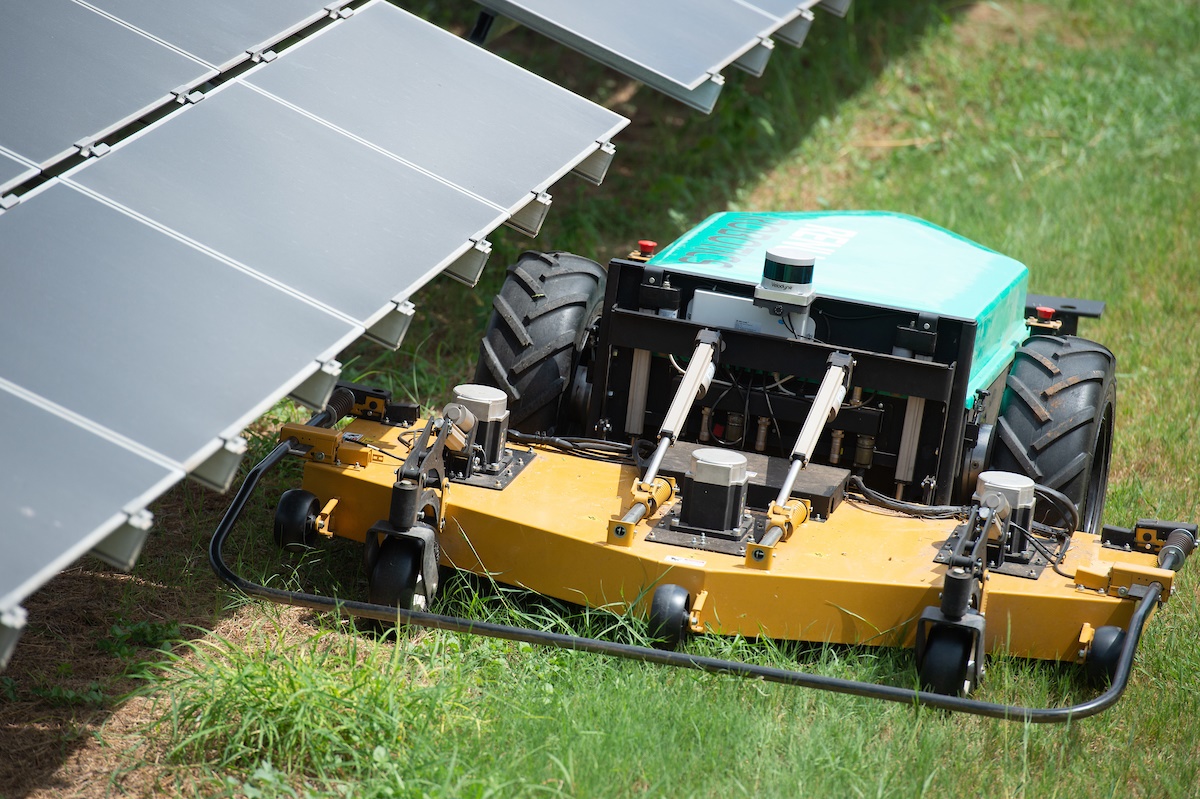
Der "Renubot" ist ein Mäher/Traktor, der künstliche Intelligenz, leistungsstarke Batterien, drahtlose Kommunikation und Fernverwaltung nutzt, um zwischen Reihen von Photovoltaik-Sensoren zu mähen und die Vegetation auf einer akzeptablen Länge zu halten. Renubot ist mit integrierter drahtloser Kommunikation aus dem Digi XBee® PRO 900HP ausgestattet - einem eingebetteten Modul, das erstklassige drahtlose Konnektivität zu Geräten bietet. Mit den Mesh-Networking-Fähigkeiten, der einfachen Integration und dem Frequenzbereich, den das Digi XBee 900HP PRO unterstützt, kann Renubot Hunderte von Hektar überspannen.
Den vollständigen Bericht über Renu Robotics können Sie hier lesen.
Beispiele für Solarstrommanagement in Wohngebäuden
Da Hawaii einer der am stärksten von fossilen Brennstoffen abhängigen Bundesstaaten der USA ist, ist ein Wandel notwendig. Eine bessere Zukunft erfordert, dass man sich ausschließlich auf erneuerbare und alternative Brennstoffe wie Solar- und Windenergie verlässt - aber wie ist das möglich? Mit dem Ziel, Solarenergie effizienter zu sammeln und zu verteilen, hat E-GEAR mit Hilfe von Digi Wireless Design Services seinen innovativen Energy Management Controller entwickelt. Mit Hilfe von Projekten wie diesem Beispiel für Solarenergie und IoT können wir dazu beitragen, Hawaiis Initiative für saubere Energie zu erfüllen, die vorsieht, den 50.
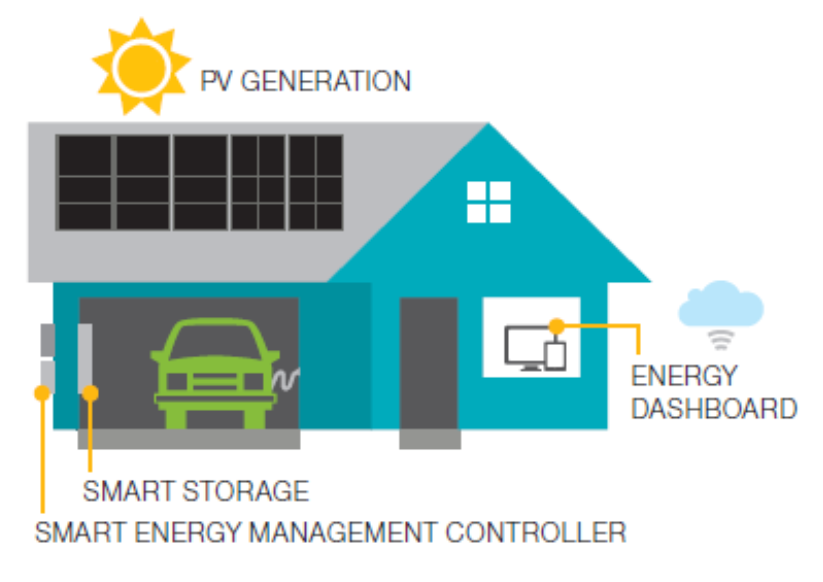
Der Energy Management Controller (EMC) umfasst eine proprietäre Software, die den Energiefluss berechnet und Schwankungen bei der Solarstromerzeugung und dem Eigenverbrauch in Echtzeit ausgleicht, um entweder überschüssige Energie aufzufangen oder genügend Strom ins Netz einzuspeisen, um die Schwankungen bei Erzeugung und Verbrauch auszugleichen. Das EMC umfasst auch Cloud-Konnektivität und Dashboard-Steuerungen, die es sowohl dem Hausbesitzer als auch dem Stromversorger ermöglichen, Echtzeitdaten einzusehen, das System fernzusteuern und entsprechende Maßnahmen zu ergreifen.
Den vollständigen Bericht von E-GEAR können Sie hier lesen.
Ausweitung der Möglichkeiten der Solarenergie in der Dritten Welt
In Subsahara-Afrika leben rund 500 Millionen Menschen ohne Zugang zu Elektrizität. Die Installation eines Stromnetzes in abgelegenen und unterentwickelten Gebieten ist mit zahlreichen Herausforderungen verbunden. Devergy ist ein soziales Unternehmen, das sich dafür einsetzt, einkommensschwachen Menschen in Entwicklungsländern eine erschwingliche und zuverlässige Energiequelle zur Verfügung zu stellen - ein großartiges Beispiel für Solarenergie, die etwas zurückgibt. Der 2010 gegründete Dienst basiert auf dorfgroßen Energie-Mikronetzen, die Haushalte und Unternehmen mit Solarstrom versorgen und so die Nutzung von Alltagsprodukten wie Licht und Geräten wie Kühlschränken, Fernsehern und Radios ermöglichen.
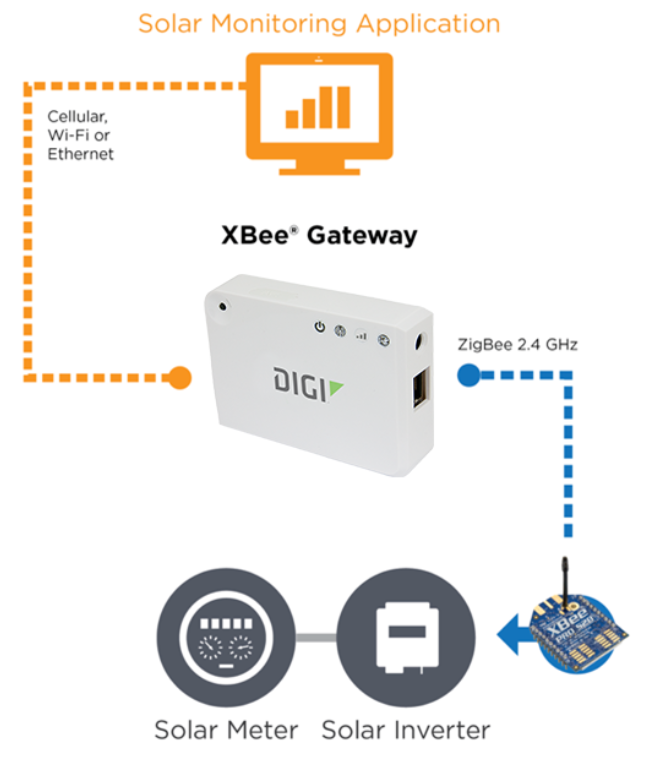
Devergy verwendet die Digi XBee®-Technologie für das Kommunikationsnetz in seinen Netzen. Hunderte von Knotenpunkten sind mit XBee verbunden und machen die solaren Mikronetze intelligent, kostengünstig und verwaltbar. Sie verlassen sich auch auf Digi-Gateways für Zigbee- und GPRS-Funktionen, die es Devergy ermöglichen, ihre Dienste schneller auf den Markt zu bringen. Mit Hilfe der Digi-Produkte hat Devergy eine saubere, erneuerbare und zuverlässige Energiequelle zur Verfügung gestellt, die zudem wesentlich kostengünstiger ist.
Den vollständigen Bericht über Devergy können Sie hier lesen.
IoT Anwendungen der Solarenergie sind umfangreich und wachsen. Diese Anwendungsbeispiele geben einen Überblick über das Spektrum der Solarprojekte, die von Innovatoren aus verschiedenen Branchen entwickelt werden.
Nächste Schritte